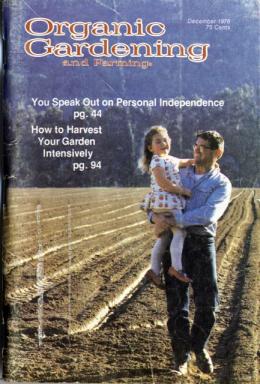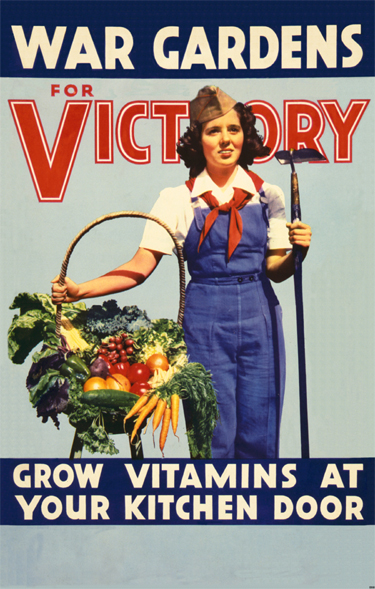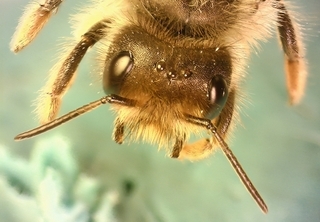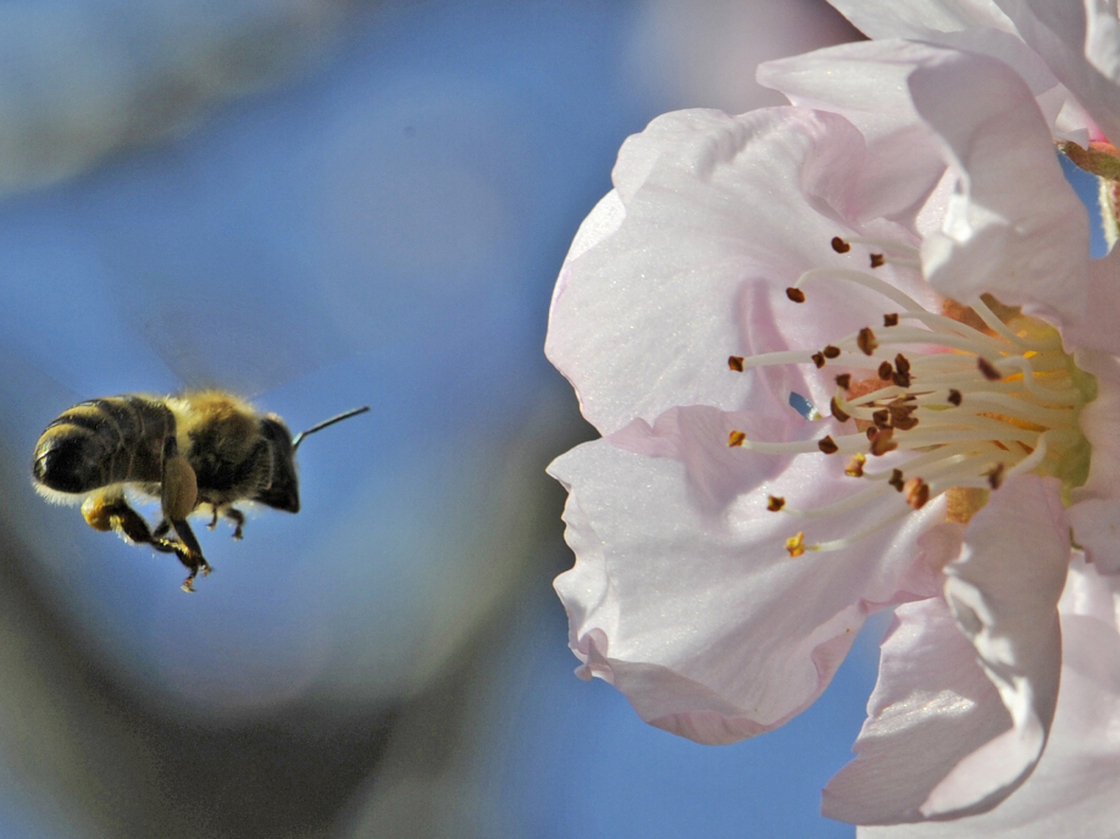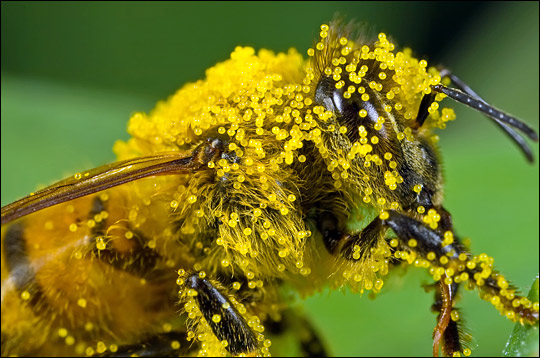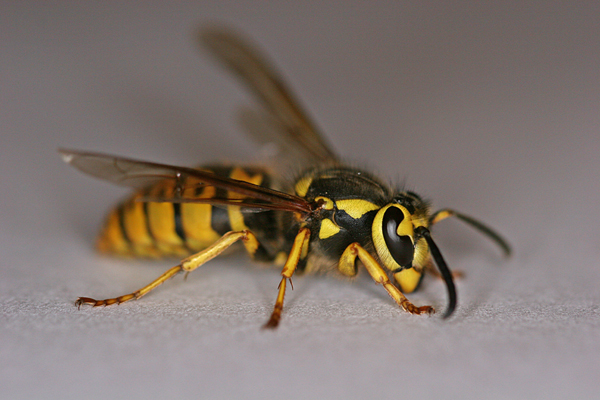 Everyone is intrigued with the bright orange and yellow petals of marigolds included in the Aiki Farm salad mix. I use no salad dressing, so every bright petal, every baby green lettuce leaf shows off in undressed glory. Guy asks if all flowers are edible. Liesbeth gives us a list of the most common edibles: nasturtium, marigold, violet. Then she sorts through the greens, laying individual leaves on a spare dinner plate to identify the more obscure greens. “Kale, I think. It’s peppery. Spicy. Minty, almost.”
Everyone is intrigued with the bright orange and yellow petals of marigolds included in the Aiki Farm salad mix. I use no salad dressing, so every bright petal, every baby green lettuce leaf shows off in undressed glory. Guy asks if all flowers are edible. Liesbeth gives us a list of the most common edibles: nasturtium, marigold, violet. Then she sorts through the greens, laying individual leaves on a spare dinner plate to identify the more obscure greens. “Kale, I think. It’s peppery. Spicy. Minty, almost.”
I light tea candles in clear glass holders to keep evening bugs at bay. Small vases of flowers and white candles alternate down the length of the table.
Liesbeth checks her watch. “It’s almost nine and still light out.”
She tells us stories of long summer evenings in Holland where she lived as a child.
“You’re at the latitude of Madrid here is Stonington,” she reminds us. Even after more that twenty-five years married to an American, Liesbeth sees herself as a Dutch woman.
The conversation weaves back to food and agriculture. Phil quotes the opening lines of Virgil's Georgics. “What tickles the corn to laugh out loud, and what star/ to steer the plough and how to train the vine to elms .../ I take upon myself to sing.”
“I just did a review of that Roman classic for Amazon!” I tell him. “My favorite part is his chapter on beekeeping.”
Barbara and Al have heard stories about the disappearance of bees.
“What’s up with the bees in Connecticut?” Al asks.
“Everyone is safe and at home,” I reply. “Connecticut beekeepers do not have large operations. They do not cart their bees from coast to coast in that crazy pollination circuit.”
Ryan dips a small twig into the melted wax of a tea candle, then leans back against his father’s chest.
“Ah, the country life,” Guy sighs. He speaks for us all.
 It’s been a perfect relaxed and friendly day, a bright blue-skied afternoon followed by a bugless evening. Congenial company brings good food and imaginative tales to my table. As we clear dishes and blow out candles, fireflies light our way back to the main house.
It’s been a perfect relaxed and friendly day, a bright blue-skied afternoon followed by a bugless evening. Congenial company brings good food and imaginative tales to my table. As we clear dishes and blow out candles, fireflies light our way back to the main house.
